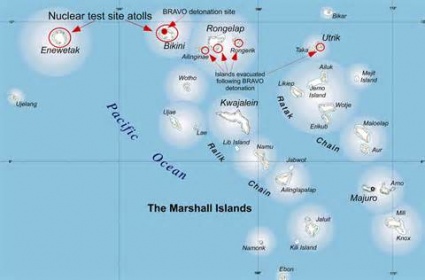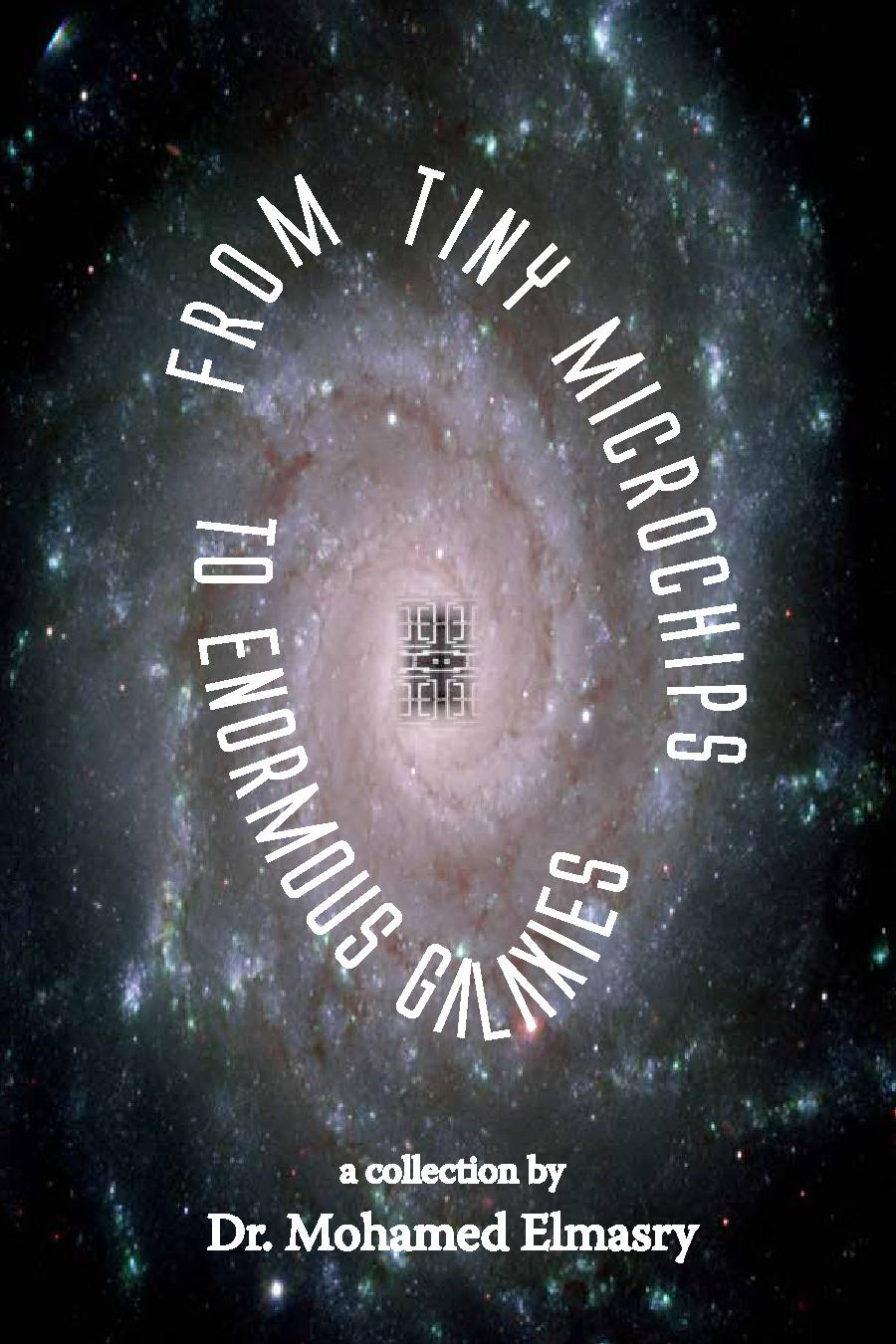March 6, 2014
The Marshall Islands: The US must pay for its crimes

Beginning with Operation Crossroads, on June 6, 1946, and ending with Operation Hardtrack I on August 18th, 1958, the United States detonated 67 atomic explosions on the Marshall Islands.
The Marshall Islands are part of the Micronesia islands in the Pacific Ocean from Hawaii to the Philippines. With a population of 68,088 people - according to the 2000 Census - the Marshall Islands consists of 34 islands scattered over 500,000 square miles.
At the end of WWII, the Marshall Islands were made part of the United Nations Trust Territory of the Pacific Islands, under the jurisdiction of the United States.
Starting with Bikini Island in 1946, the United States detonated 67 nuclear bombs from air, water and land, during seven operations. The total destructive output of these bombs was 108,496 kilotons, more than 7,200 times greater than the atomic weapons dropped on Japan during WWII.
On July 25, 1946 the United States detonated the world's first underwater atomic explosion, pushing a mile-wide column of water into the sky and unleashing millions of tons of debris that fell back to earth. In total this blast created the largest amount of radioactive fallout ever.
In 1952 the U.S. conducted the world's first thermonuclear test – using fusion instead of fission to cause the explosion – code named “Mike,” on Enewetak Atoll. The blast literally vapourized the Island of Elugelab.
At an estimated 10.4 megatons – 750 times larger than the bomb dropped on Hiroshima – it created the largest fireball to date, measuring 3.75 miles in diameter - enough to cover one quarter the island of Manhattan. Ten minutes after the blast, the cloud had expanded to ten miles high and 100 miles in diameter.
But the bombs just kept getting bigger. On March 1, 1954, “Bravo” - a 15 megaton bomb, 1,000 times more powerful than the Hiroshima bomb - was detonated on Bikini Atoll. Due to bad weather conditions, a snowstorm of white ash fell on several nearby atolls within hours, causing nausea, vomiting and irritation of the eyes and skin of those exposed. Rongelap residents were evacuated 48 hours after the blast, followed by those residing on Utrik, 72 hours after Bravo was detonated.
However the damage caused by U.S. Nuclear weapons testing between 1946 and 1958 , remains to this day and will remain for many years to come.
The inhabitants of the Rongelop Atoll suffered the worst effects, when in 1954 a large thermonuclear deposited life-threatening quantities of radioactive fallout on their land. They received more than three times the estimated dose than the most heavily exposed people living near Chernobyl nuclear accident in 1986. In the two days it took before the people of Rongelop were evacuated after the explosion, many suffered from tissue destructive effects, such as sunburns, and subsequently from latent radiation-induced diseases.
Although the Marshallese government still doesn't accept the findings, studies between 1970 and 1974, on adults in Rongelap, show that there was a higher-than-expected rate among those exposed, of anemia, thyroid disease, rheumatic heart disease, and tumours.
In 1957, the Rongelap people were returned to Rongelop Atoll even though officials and scientists working for the U.S. Atomic Energy Commission (AEC) determined that radiation doses would significantly exceed those allowed for citizens of the United States. The desire to study humans living in a radiation-contaminated environment appeared to be a major element of this decision.
By 1985, the people of Rongelap fled their atoll, after determining that the levels of contamination were comparable to the Bikini atoll, where numerous nuclear devices were detonated.
These nuclear explosions on the Marshall Islands allowed the U.S. to gain a much more sophisticated understanding of nuclear weapons, as well as the health affects of exposure to excessive amounts of radioactive fallout. The Atomic Energy Commission (AEC) began Project 4.1, “the study of the response of human beings exposed to significant beta and gamma radiation due to fallout from high-yield weapons.” The people were divided into “exposed” and “control” groups to study the short and longterm effects of exposure to radiation from both the fallout and the contaminated environment where they lived. The findings from this study were classified until 1994.
In 1982, a policy was secretly established by the U.S. energy department during the closing phase of negotiations between the United States and the nascent Republic of the Marshall Islands, over the Compact of Free Association, to eliminate radiation protection standards, so as to not interfere with the potential resumption of weapons testing.
As a result of a 1991 U.S. Senate Committee on Governmental Affairs investigation, the U.S. Congress terminated the Department of Energy's (DOE) nuclear test program in the Pacific and, in 1992, the U.S. Departments of Energy and Interior entered into an agreement with the Republic of the Marshall Islands and the Local Rongelap Government that re-established radiation protection standards as a major element for the re-settlement of Rongelap.
Apparently, this was not done for the southern islands of the atoll where local food is obtained.
Over fifty years since the first bomb was dropped on Bikini Atoll, the U.S. Government had compensated the Marshallese people with well over $350 million to various groups for their suffering. The U.S. has also spent millions more on the costs of scientific studies, care for individuals harmed by the blasts, cleanup and decontamination projects and efforts to rebuild the communities and the economy of the Marshall Islands.
However, when divided amongst all concerned parties, the U.S. spent on average $15 compensation per person annually.
In 2005, the National Cancer Institute reported that the risk of contracting cancer for those exposed to fallout was greater than one in three.








